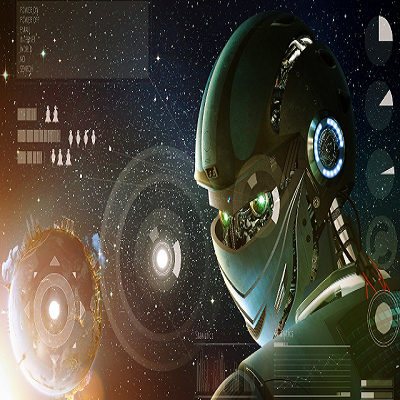In today’s rapidly evolving technological landscape, the rise of artificial intelligence (AI) has sparked concerns about job displacement in various industries. UX/UI designers, in particular, have expressed fears that AI could render their skills obsolete. However, rather than viewing AI as a threat, designers can embrace it as a powerful tool to augment their creative abilities and streamline their workflows. In this blog post, we will explore practical techniques and guidelines for UX/UI designers to harness the potential of AI, enabling them to enhance their work and deliver exceptional user experiences.
Automating Repetitive Tasks:
One of the primary advantages of AI for UX/UI designers is its ability to automate repetitive and time-consuming tasks. By delegating tasks such as resizing images, generating style guides, or even prototyping, designers can focus more on strategic and creative aspects of their work. Tools like Sketch2React, Framer, or Zeplin can automatically generate code or interactive prototypes, saving designers countless hours. By using AI to automate these mundane tasks, designers can allocate their time and energy towards ideation, problem-solving, and collaborating with other stakeholders.
Leveraging AI for Data-Driven Design:
AI technologies can also help UX/UI designers make informed design decisions by analyzing vast amounts of user data. Through machine learning algorithms, designers can gain valuable insights into user behavior, preferences, and patterns. By leveraging AI-powered analytics tools, designers can uncover hidden trends and make data-driven design choices. For instance, AI-driven heat maps or eye-tracking analysis can reveal how users interact with a website or application, allowing designers to optimize layouts and enhance user engagement. Additionally, sentiment analysis can gauge user reactions, helping designers tailor experiences that resonate with their target audience.
Enhancing Creativity with AI:
Contrary to popular belief, AI can foster creativity rather than stifling it. Designers can employ AI-powered tools to generate design suggestions, explore alternative ideas, and experiment with different styles. Platforms like Adobe Sensei, Runway ML, or Google’s DeepDream can assist in generating unique design variations, providing designers with fresh perspectives and inspiration. By incorporating AI-generated ideas into their creative process, designers can push the boundaries of traditional design and produce innovative solutions that captivate users.
Collaborating with AI Co-Creators:
AI can serve as a collaborative partner, working alongside designers to enhance their design capabilities. AI-powered assistants like ChatGPT or OpenAI Codex can understand natural language inputs and provide design suggestions, code snippets, or even answer design-related questions. These tools can act as creative collaborators, helping designers brainstorm ideas, validate concepts, or troubleshoot design challenges. By integrating AI co-creators into their workflow, designers can benefit from the expertise of an AI system while maintaining their unique human touch and intuition.
Conclusion:
Rather than fearing job loss, UX/UI designers should embrace the potential of AI as a transformative force in their field. By leveraging AI to automate repetitive tasks, analyze user data, enhance creativity, and collaborate effectively, designers can elevate their craft and deliver exceptional user experiences. The symbiotic relationship between AI and designers can result in more efficient workflows, increased productivity, and innovative design solutions. As AI continues to evolve, it is imperative for designers to adapt and harness its capabilities to remain at the forefront of their industry, ultimately shaping a future where humans and AI work together harmoniously.
